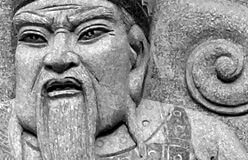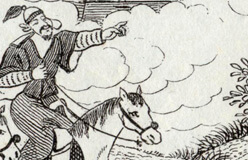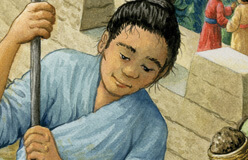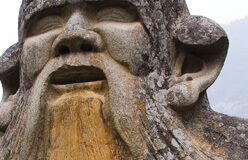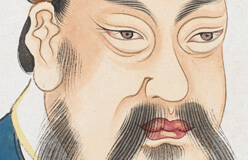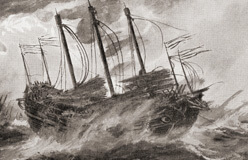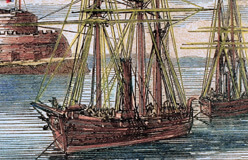The Han dynasty ended in 220 CE. For a thousand years after that, China was hardly ever ruled by one group. But then, toward the end of that time, the Mongols came.
They were a great power from the north and west of China. The Mongols lived on central Asia’s wide grasslands. They were skilled horse riders and warriors. As nomads, they moved from place to place with their herds. Their clans often fought over grazing lands and water. They also fought over firewood, which was hard to get. Sometimes, a khan, or leader, would unite several clans.
In 1206, the Mongol clans had a meeting. There, a young man named Temujin was named leader of all the clans. He took the name Genghis Khan. That means “Universal Leader.” Genghis Khan quickly expanded the Mongol Empire to the east and west. In 1215, he and his warriors took over the capital city of China. In 1260, a grandson of Genghis Khan became leader of the Mongol Empire. He took the name Kublai Khan, or “Great Leader.” In 1271, Kublai Khan claimed rule over all of China and created the Yuan dynasty.
